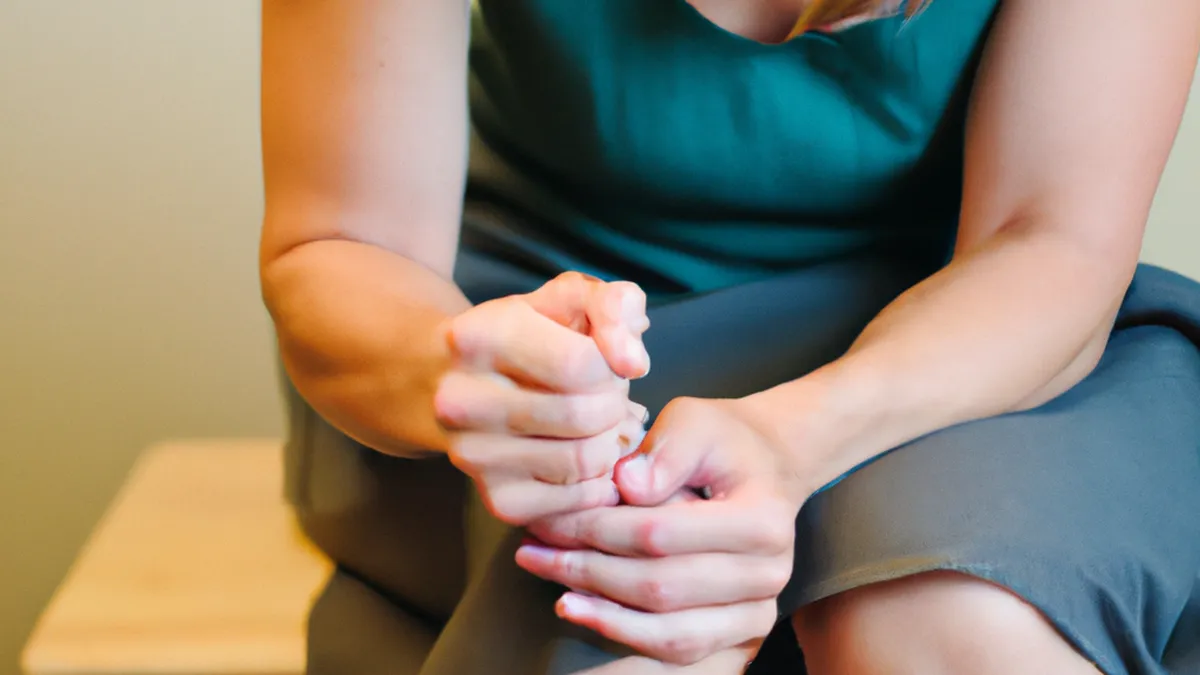Combatting Osteoporosis: Essential Tips for Seniors
Addressing Unique Bone Health Challenges for the Elderly
As an Amazon Associate I earn from qualifying purchases.
Gear tip: consider light resistance bands, chair yoga strap and balance pad to support this workout.
Aging brings many changes, including a decline in bone health. This deterioration increases the risk of fractures and osteoporosis. We must address these challenges to maintain mobility, independence, and quality of life in older adults.
This blog post explores the unique bone health challenges seniors face and offers practical tips for improvement. By focusing on nutrition, exercise, and lifestyle changes, we empower seniors to manage their bone health and lead fulfilling lives.
Understanding Bone Health in the Elderly
Bone density decreases naturally with age. Women experience accelerated bone loss after menopause due to hormonal changes, particularly lower estrogen levels. Men also lose bone density, but at a slower rate, usually due to lower testosterone levels.
Many seniors have health conditions that worsen bone loss. Chronic illnesses like arthritis, diabetes, and certain cancers negatively impact bone health. Additionally, medications like corticosteroids can further reduce bone density. Understanding these challenges helps develop effective management strategies.
Tips for Improving Bone Health
1. Ensure Adequate Calcium Intake
Calcium is vital for strong bones. Older adults should aim for 1,200 mg of calcium daily. Incorporate calcium-rich foods like dairy products, leafy greens, and fortified foods into your diet. If dietary sources are insufficient, consult a healthcare provider about calcium supplements. Balance your intake to avoid excessive calcium, which can cause health issues.
2. Boost Vitamin D Levels
Vitamin D aids calcium absorption and supports bone health. Many older adults have low vitamin D levels due to reduced sunlight exposure. Aim for 15-30 minutes of sunlight several times a week, depending on skin type and climate. If sunlight exposure is insufficient, consider vitamin D supplements, but consult your doctor first.
3. Engage in Weight-Bearing Exercises
Exercise is essential for maintaining bone health. Weight-bearing exercises, such as walking, dancing, and low-impact aerobics, strengthen bones and stimulate formation. Aim for at least 150 minutes of moderate aerobic activity weekly, along with strength training twice a week. Resistance training with weights or bands builds muscle mass, supporting bone density and stability.
4. Avoid Smoking and Excessive Alcohol
Smoking and excessive alcohol consumption weaken bones.
Conclusion
In summary, understanding bone health challenges helps seniors improve their well-being. By focusing on nutrition, exercise, and lifestyle changes, we can promote healthier bones.
Below are related products based on this post:
FAQ
What are the main factors contributing to bone health decline in the elderly?
The main factors contributing to bone health decline in the elderly include natural age-related bone density loss, hormonal changes such as lower estrogen levels in women after menopause, and lower testosterone levels in men. Additionally, chronic illnesses like arthritis and diabetes, as well as certain medications like corticosteroids, can exacerbate bone loss.
How can seniors ensure they are getting enough calcium and vitamin D?
Seniors can ensure adequate calcium intake by consuming calcium-rich foods such as dairy products, leafy greens, and fortified foods, aiming for 1,200 mg per day. For vitamin D, it’s important to get 15-30 minutes of sunlight several times a week, depending on skin type and climate. If dietary sources are insufficient, consulting a healthcare provider about supplements is advisable.
What types of exercises are recommended for improving bone health in older adults?
Weight-bearing exercises are recommended for improving bone health in older adults. Activities such as walking, dancing, and low-impact aerobics help strengthen bones and stimulate formation. Additionally, incorporating strength training exercises twice a week using weights or resistance bands can build muscle mass, which supports bone density and stability.















Post Comment